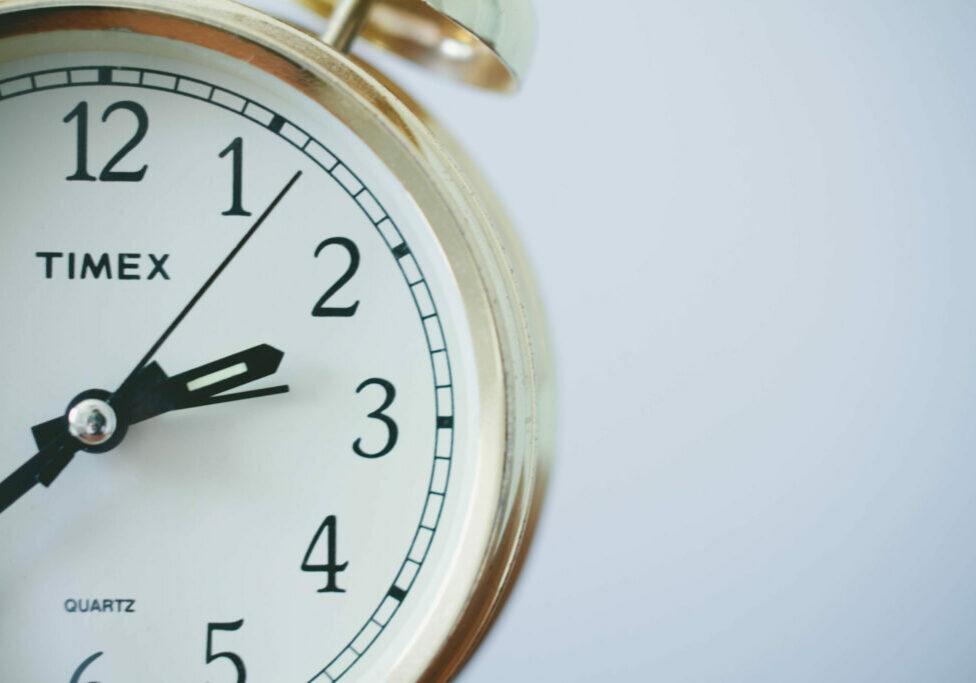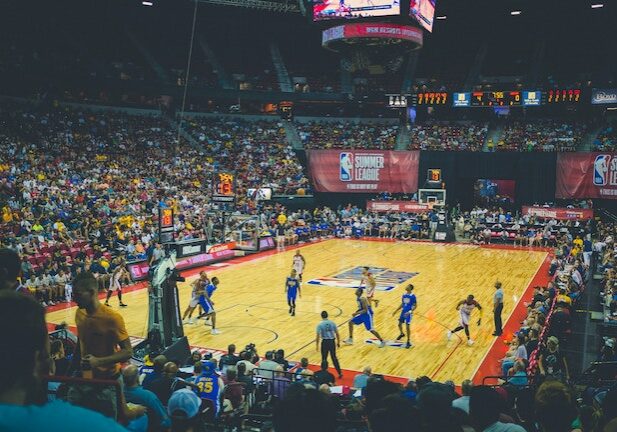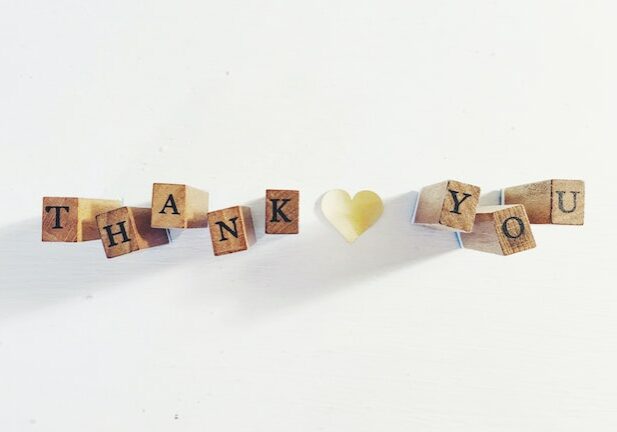Braid Mission
Blog
Power to the People
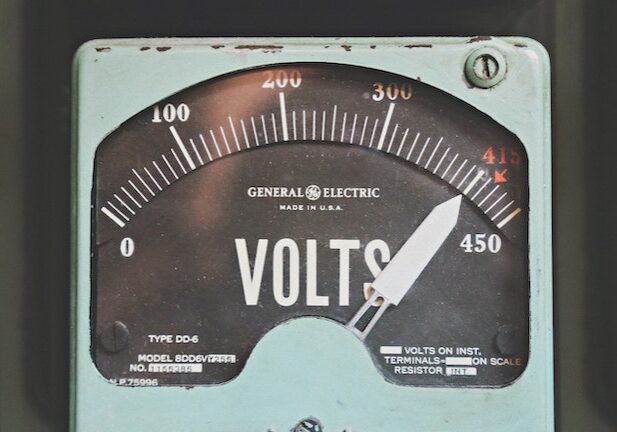
This week we took an intensive class in community organizing. As with most things we’ve undertaken at Braid, we knew very little about what we were jumping into.
We took the class because we have suspected for awhile that we might be doing community organizing, but we’d never had any formal training in what that actually is or how it works. The good news is that we know a lot more about community organizing, and we learned that our suspicions were correct. (And we learned that Jesus and Paul were both community organizers.) The bad news is that explaining community organizing is much too big a subject for a blog post, so for the basics we refer you to this article.
We are still digesting all that we learned this week and its implications for Braid, but one major tenet of organizing is understanding the nature of power. At its heart community organizing seeks to empower local citizens to make transformative changes in the world. But you have to start by analyzing structures of power in a community: who has it, and who doesn’t have it.
It’s fairly easy to identify who has power in our society. Our class talked about political power, institutional power, bureaucratic power, and the power of corporations. Organizers acknowledge the inherent power within these societal structures. But the focus of their work is to gather individuals to come together in relationship in order to build communities that then have power as a collective. As such, these communities can come to the table with the larger institutions with power. Being empowered, these communities of individuals can engage in an “exchange” of power with these larger structures.
Through the stories we have heard over the past few months, we have begun to realize that if there is a community with little to no power, it’s children who find themselves in foster care. In our society in general, adults have power and children do not. Foster children often have histories where many of the primary adults who have had power over them have misused that power, so their relationship with authority figures can be very complicated.
A foster child may end up surrounded by many adults with the best of intentions: social workers, probation officers, case managers, teachers, foster parents. Each of those adults has some degree of power over that child’s life and future. But even if all of those adults use their power in all the best ways, that doesn’t necessarily result in a child recognizing and claiming their own power.
We have heard over and over that one caring adult makes all the difference in a child’s life. Many former foster youth can point to a particular adult “mentor” who made the difference for them, and they have most often identified them as adults whose only role was to be in relationship with them, to be present simply to care and love and listen.
When an adult does not have an “official” or organizational role, when they don’t have any responsibility for or power over a child’s grades or home placement or permanent record, their relationship with a child becomes a safe space for that child to explore and discover relational power and discover the God-given power inherent within them.
One of our central projects this spring is building a mentoring program. Our learning this week has only strengthened our conviction that a relational community of mentors will make a huge difference in empowering foster youth.
Our mentoring program will kick off this spring. We are in the process of recruiting our first group of caring adults of all ages and walks of life. Please visit our website to learn more, and spread the word to those you know in the Bay Area who might want to be part of this important work.
